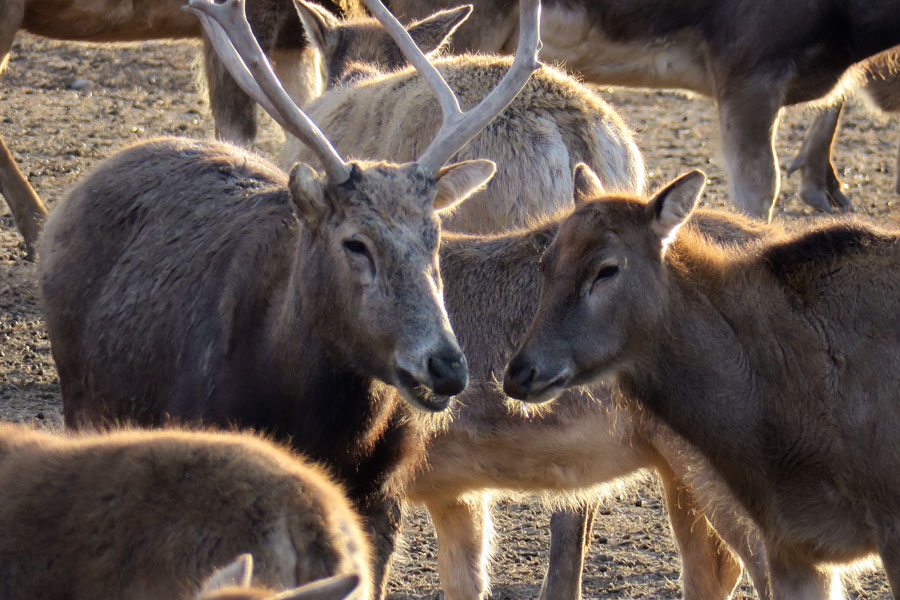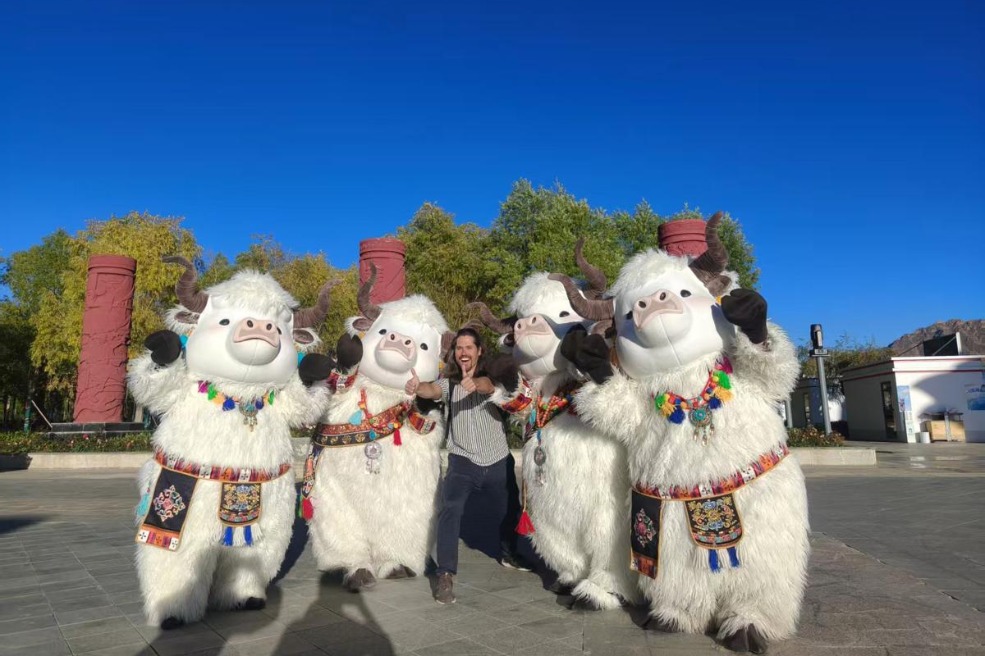Call of the wild


Returning home
In 1985, 22 deer were sent from Britain as an international goodwill gesture to Beijing's Nanhaizi Milu Park.
"Nanhaizi was the place where milu were discovered and scientifically identified, and where they last lived in China 100 years ago," says Guo.
"It has been a very accurate reintroduction site, and the project also brings a happy ending to the species' intriguing story."
According to Guo, there are several advantages about making Nanhaizi as the site of reintroduction for the milu.
It has a relatively large area and is a suitable environment in a big city like Beijing, where top-level researchers are available from a range of organizations, Guo says.
Both Beijing and Daxing district governments have attached great importance to the protection of the deer since then. Milu Park and Beijing Milu Ecological Research Center were also founded in the Nanhaizi area.
A total of 160 million yuan has been invested in relevant conservation work, mainly including recovering wetland systems in Milu Park, boosting research and technology, and establishing ex-situ conservation programs with the Beijing Academy of Science and Technology, which operates the research center.
Over the years, the park has successfully overcome challenges in breeding conservation, feeding management and disease control, and the deer population has grown steadily.
The number of milu living in the park sits at around 170, which suits its environmental capacity. But more than 500 milu have been exported, which has helped to establish 38 remote conservation bases - accounting for over 70 percent of all the milu protection sites in China, according to Guo.
























